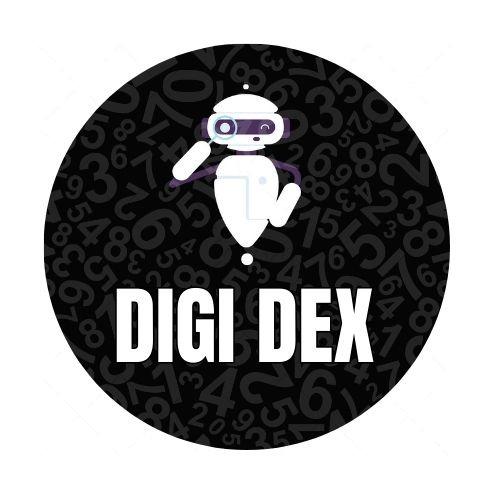DigiDex
Determining Digits Smartly!
The problem DigiDex solves
Have you ever written a number on a piece of paper and then wondered if a computer could recognize it? Well, that's exactly what digit recognition is all about - teaching a computer how to recognize handwritten or printed numbers.
Digit recognition is a fascinating technology that enables us to turn handwritten or printed numbers into digital format, and in doing so, it has the potential to revolutionize the way we process data. With digit recognition, we can save time, reduce errors, and automate tasks that would otherwise require a lot of human effort.
One of the most popular approaches to digit recognition is through the use of machine learning, which is a branch of artificial intelligence that involves training algorithms to recognize patterns in data. In the case of digit recognition, we can use a type of machine learning algorithm called a neural network, which is inspired by the structure of the human brain.
The benefits of digit recognition are numerous. For example, it can improve efficiency and accuracy in industries like banking, where handwritten checks and forms are still common. It can also enable new applications like recognizing handwriting or grading exams, which could save educators a lot of time and effort.
Overall, digit recognition is a technology that has the potential to transform many industries and improve our lives in countless ways. As we continue to develop more advanced machine learning algorithms and neural networks, we can expect to see even more exciting applications of digit recognition in the years to come.
Challenges we ran into
Throughout this project, we gained valuable insights into the world of Machine Learning and the various types of models that exist. We were tasked with constantly debugging and optimizing our code to ensure the project remained consistent, clean, and modular, while also guaranteeing the smooth running of all classification algorithms.
One of the key things we learned was how to implement algorithms and compare their performance based on metrics such as F1 score, accuracy, precision, and recall. In order to do this, we had to dive deep into the technicalities of Machine Learning and explore external Python libraries like pandas, Keras, scikit, NumPy, TensorFlow, and Matplotlib, which helped us incorporate graphical analytics into our model.
Despite encountering several challenges throughout the project, we successfully overcame them by thinking critically and coming up with innovative and effective solutions. One of the biggest challenges was condensing complex ideas into a brief timeframe. Additionally, we had to navigate conflicts within the team and find a way to collaborate coherently, which was a learning experience in itself.
As a result of working on this project, we were exposed to new technologies and gained hands-on experience in Machine Learning. Overall, it was a fruitful learning experience that allowed us to develop our skills and broaden our horizons.
Tracks Applied (1)
Filecoin
Filecoin
